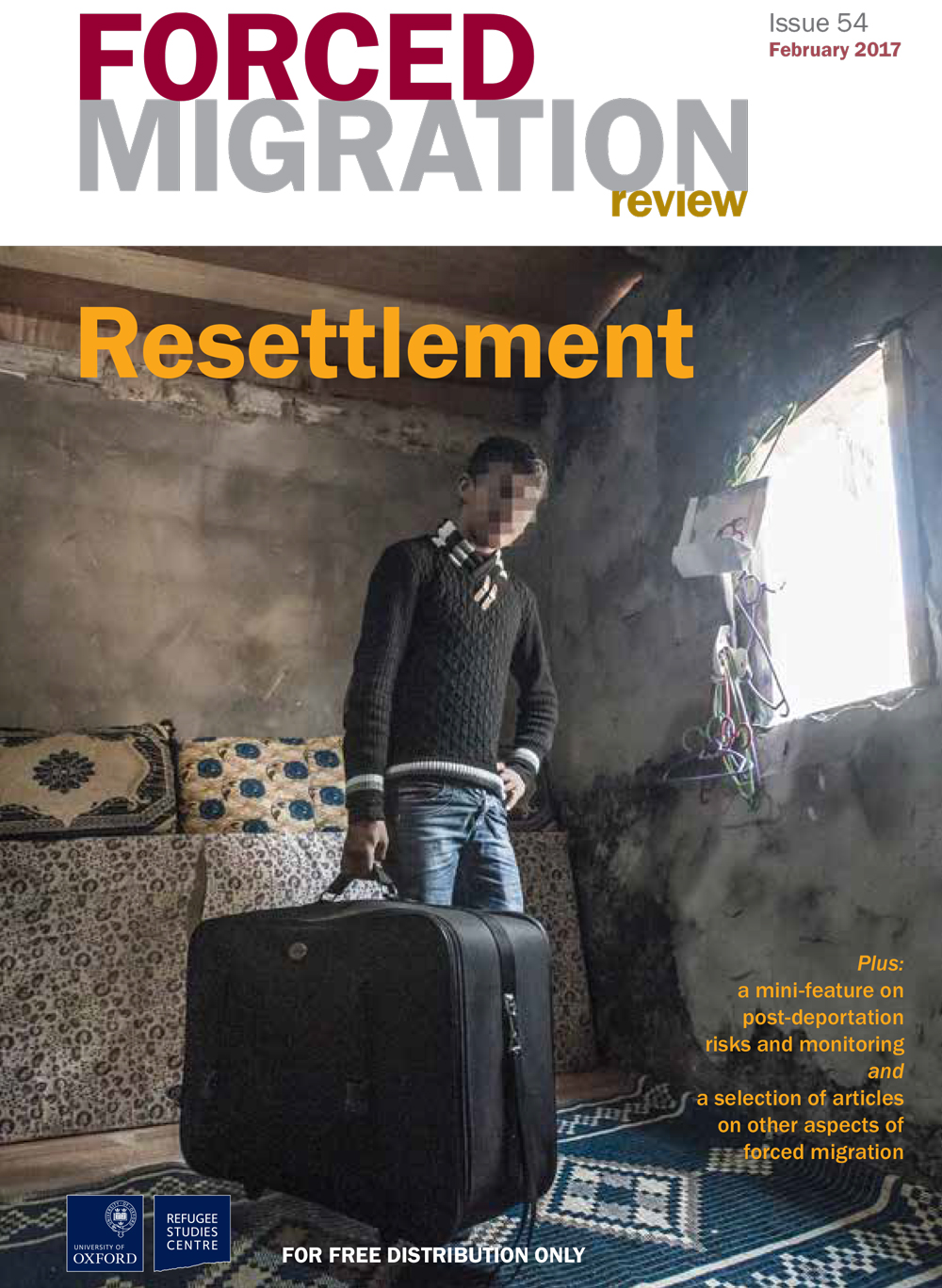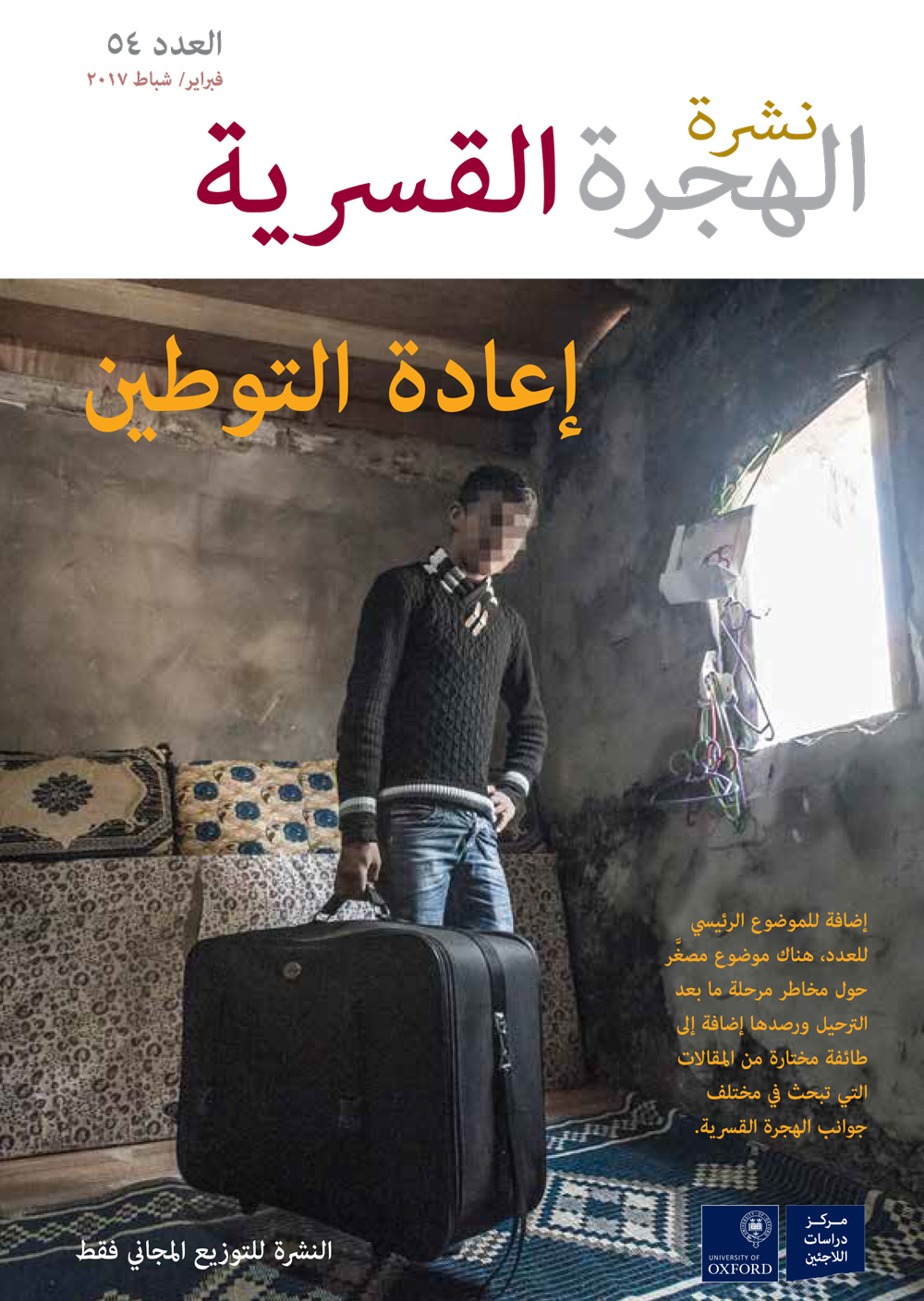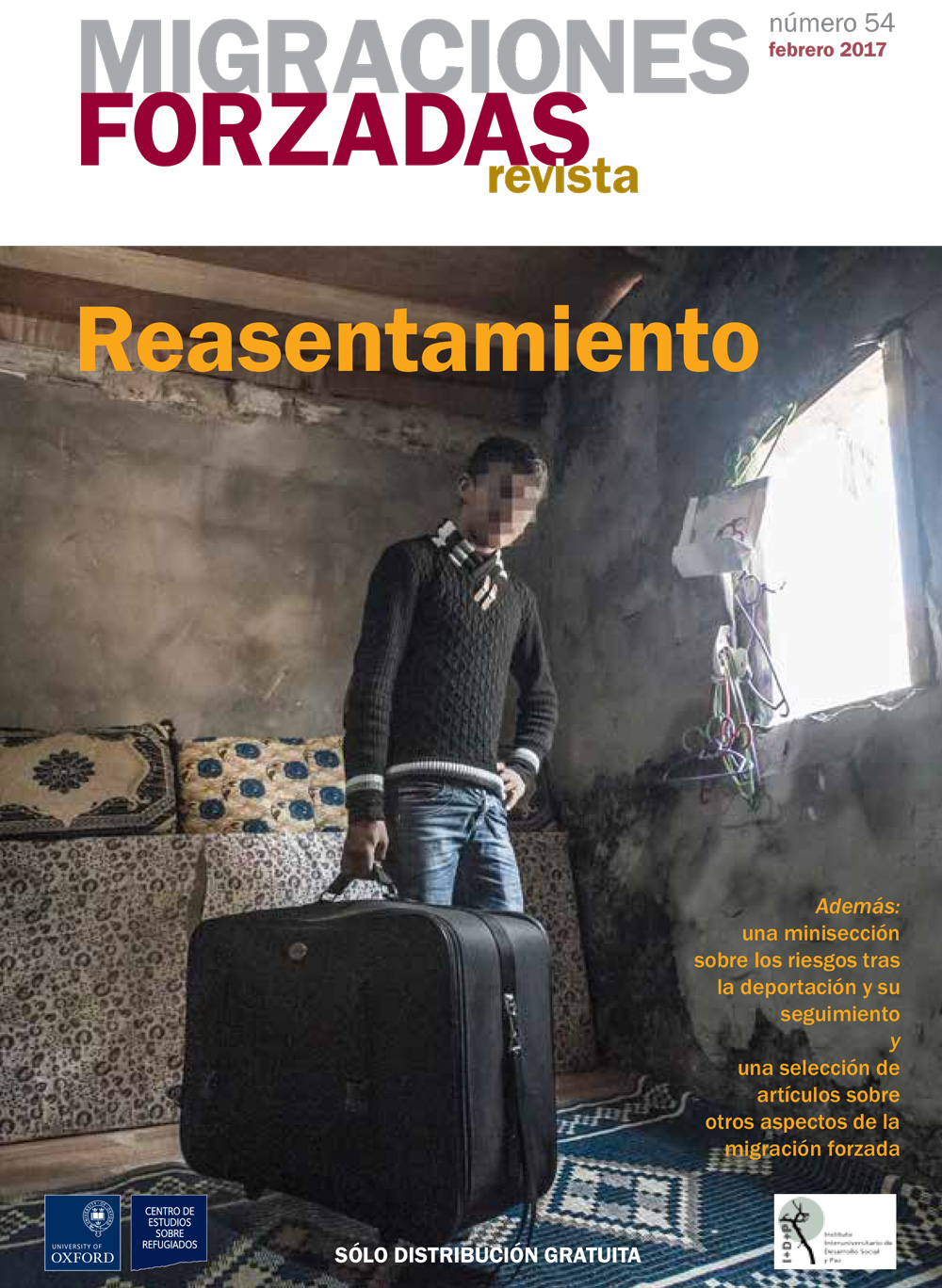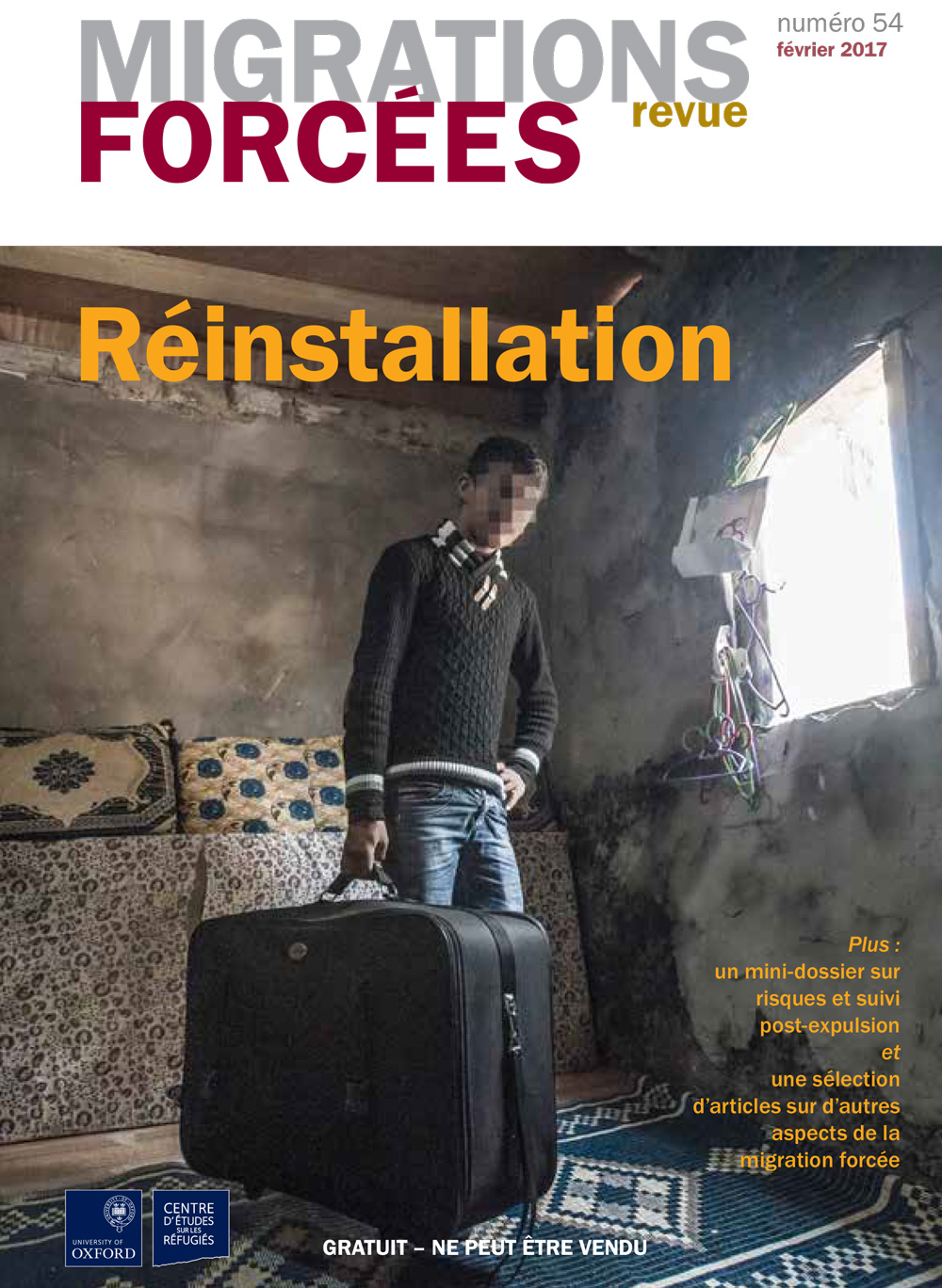From the Editors
Resettlement is receiving greater prominence in the context of the recent surge in numbers of refugees. This traditional ‘durable solution’ – the managed movement of refugees to a safe third country – already affects many thousands of refugees every year,…
Practical considerations for effective resettlement
Resettlement is a vital tool for international protection and a durable solution for some of the most vulnerable people in the world. Though not an option for the vast majority of refugees, resettlement gives real hope and a chance to…
The resettlement of Hungarian refugees in 1956
During the suppression of the uprising that took place in Hungary in October 1956, some 180,000 Hungarians fled to Austria and another 20,000 to Yugoslavia. The response to those who fled is considered one of the most successful demonstrations of…
The internationalisation of resettlement: lessons from Syria and Bhutan
Broadly speaking, the internationalisation of resettlement means enhanced cooperation and coordination between states and UNHCR, the UN Refugee Agency, in three inter-related spheres: operational planning and experience-sharing between resettlement states, both traditional and new or emerging; increasing the numbers of…
Surge and selection: power in the refugee resettlement regime
Of the three durable solutions, resettlement is often the last option advocated by the UN Refugee Agency, UNHCR, and the last option desired by refugees. Yet in many conflicts there comes a tipping point at which UNHCR works with states…
A ‘successful’ refugee resettlement programme: the case of Nepal
At present, the refugee camps in eastern Nepal are composed of both first-generation and second-generation refugees. Despite not being party to the 1951 Refugee Convention, Nepal has hosted refugees from Bhutan for more than two decades. In 2007, a group…



